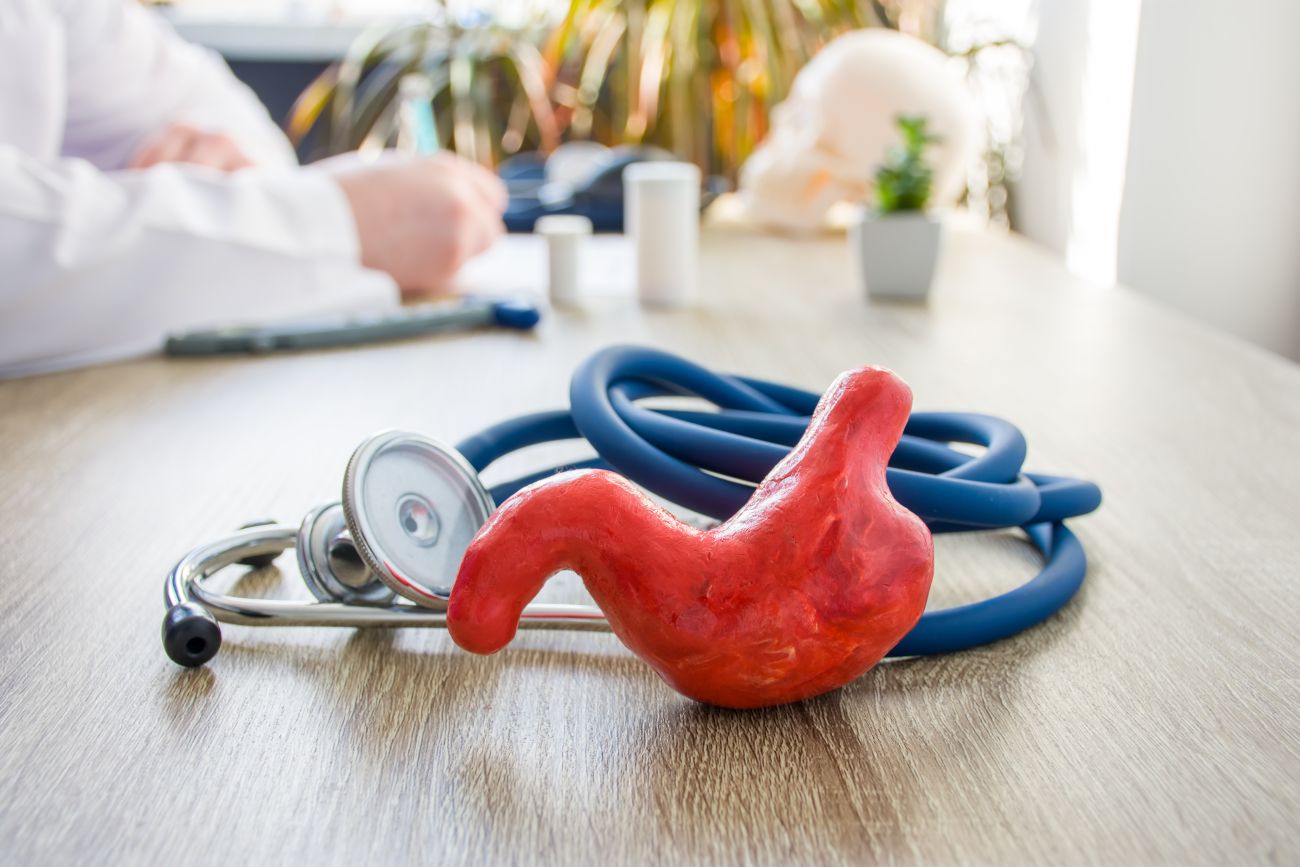In the U.S., gastric cancer, also known as stomach cancer, is the 15th most common form of cancer. According to the American Cancer Society, a little over 27,600 cases of gastric cancer occurs in the U.S. every year. Gastric cancer accounts for a little over 11,000 deaths each year.
Although gastric cancer has slowly decreased in the U.S. within the last decade, it’s growing more common in less developed countries. Worldwide, gastric cancer is one of the most common causes of cancer-related deaths.
Though it’s difficult to predict who will eventually get gastric cancer, there are ways to narrow it down.
Risk Factors
Age appears to be the leading risk factor for gastric cancer. For every 10 people diagnosed with gastric cancer, six people are 65 years of age or older. The average age for those diagnosed with gastric cancer is 68. Also, more men than women tend to develop gastric cancer. Other causes of gastric cancer are genetics and smoking.
One risk factor may be an infection with the Helicobacter pylori (H. pylori) bacteria. Until the mid-1900s, gastric cancer was the most common cause of cancer in the U.S. The advent of antibiotics coincided with a decrease in the incidences of gastric cancer. Antibiotics are a treatment for H. pylori.
Early Signs and Symptoms
Early signs of gastric cancer are difficult to spot. Many symptoms are similar to typical sickness like foodborne illnesses, which is possibly why most cases of gastric cancer are not diagnosed until the late stages. However, there are common signs and symptoms to be on the lookout for if you suspect gastric cancer.
The signs and symptoms are:
- Weight loss;
- Weakness and fatigue;
- Stomach pains;
- Lack of appetite;
- Slight pain above the navel;
- Heartburn;
- Blood in the stool;
- Anemia;
- Nausea;
- Feeling full after eating small meals;
- Vomiting, sometimes with blood, and;
- Swelling in the stomach.
In the later stages of gastric cancer, these symptoms become much more prominent.
Advanced Signs and Symptoms
At advanced stages, gastric cancer can impact the function of other organs. For example, connecting organs like the liver and the large intestine can experience blockages or injuries resulting from the cancer.
Some advanced stage symptoms include:
- Severe weight loss;
- Loss of appetite;
- Yellow tinge to the eyes or skin (jaundice);
- Swelling of the stomach area due to fluid (ascites), and;
- Frequent and uncontrolled vomiting.
Stages
Once cancer is detected and diagnosed, it’s essential to stage the cancer to start treatment.
As with all cancers, stomach cancers are “staged” or classified by the spread of the cancer. Doctors perform tests to determine how far the cancer has spread throughout the body. This helps to determine the medical treatments for the cancer. Staging also helps to predict survivability, along with many other factors.
The lower the number regarding cancer stages, the less the cancer has spread through the body. The early stage of gastric cancer is called “carcinoma in situ,” or stage 0. The following stages are numbered from I to IV.
This classification system is useful because gastric cancers in the same class often behave in the same way. This allows healthcare professionals to treat the cancer with the proper treatments.
Three Groupings Used in Staging Gastric Cancers
According to the American Joint Committee on Cancer TNM staging system, three main factors affect the classification of gastric cancers:
- Tumor Size (T): How far has the cancer grown into the walls of the stomach? Has the cancer traveled to other organs?
- Lymph Nodes (N): Are the lymph nodes nearby touched by the cancer?
- Metastasis Spread to Other Organs (M): Has the cancer traveled to distant lymph nodes or organs like the brain or lungs?
The numbering system and factors are combined to provide more information when cancer stages are named. The staging classification allows physicians to plan treatments to target gastric cancer.
Treatment Options
The treatment interventions for gastric cancer depend on the stage of the cancer, the overall health of the individual, and that individual’s personal choices. The following are common treatment options.
Surgery
In some cases, surgery is required to remove areas in which the cancer is located. The goal of surgery is to take out all of the cancer, along with nearby lymph nodes.
Small amounts of cancer may be removed using a procedure called endoscopy. During this type of surgery, a small tube with a camera removes tissue from the stomach. For more advanced cancers, the entire stomach and some surrounding tissues may also be removed.
Radiation
Radiation treatment consists of energy bursts like those in X-ray machines, focused directly onto cancerous areas. The energy beams help to destroy or shrink cancer cells.
Chemotherapy
Chemotherapy uses extremely strong drugs to kill cancer cells. Unlike radiation, which is targeted, chemotherapy runs throughout your body. This spread helps to kill the gastric cancer cells, which may have traveled outside the stomach area.
In advanced stages, chemotherapy may help to reduce the symptoms of gastric cancer.
Immunotherapy
Immunotherapy starts an immune response to kill cancer cells.
Tests are performed before starting immunotherapy. These tests confirm whether specific drugs work against an individual’s type of cancer cells.
Palliative Care
Palliative care, also known as supportive care, is a treatment that provides relief from the symptoms of gastric cancer. These include treatment and medications to relieve pain, encourage appetite, and improve the quality of life for someone with gastric cancer.
Preventing Gastric Cancer
Although not all cases of gastric cancer can be prevented, the risk for developing gastric cancer may be lowered. Prevent gastric cancer by:
- Remaining physically fit and exercising regularly;
- Incorporate more fruit and vegetables into meals;
- Avoid salty, smoked, or foods high in preservatives, and;
- Quit smoking.
